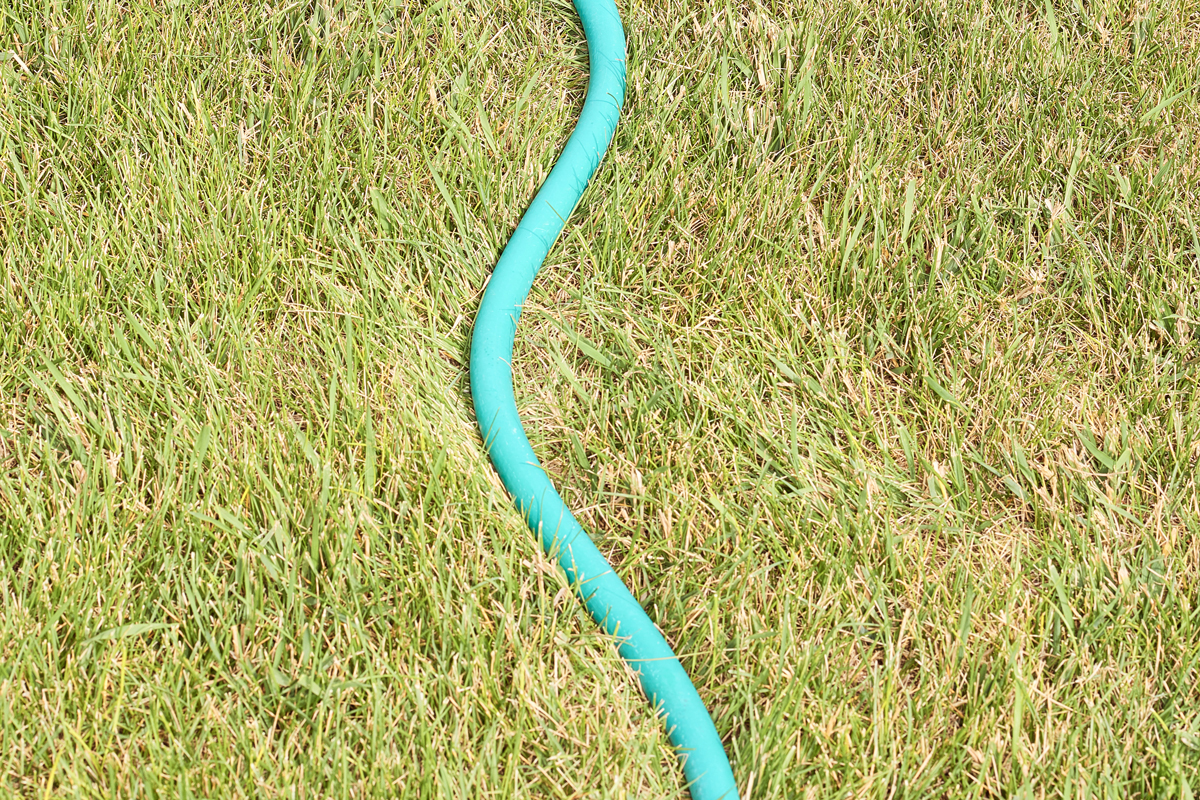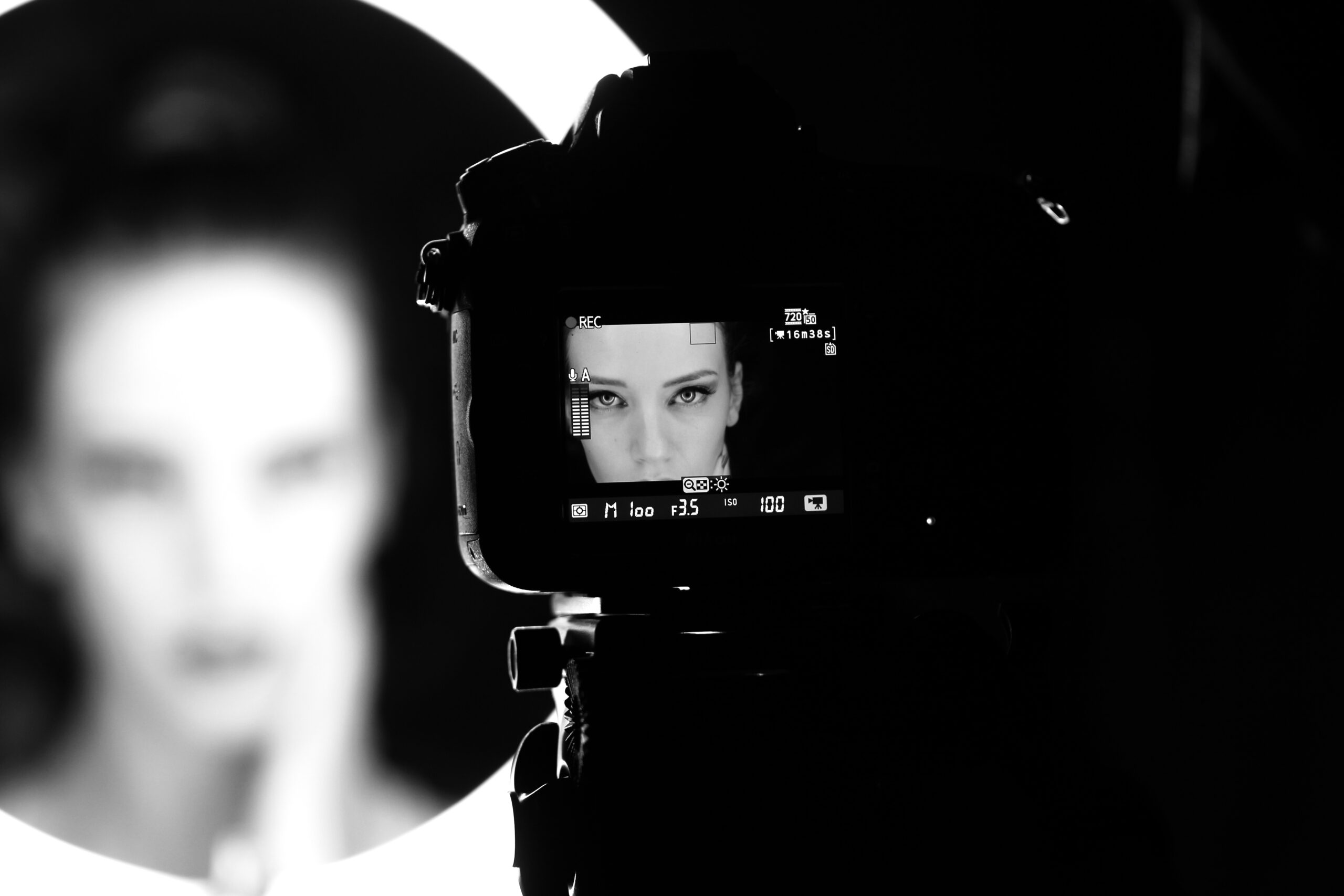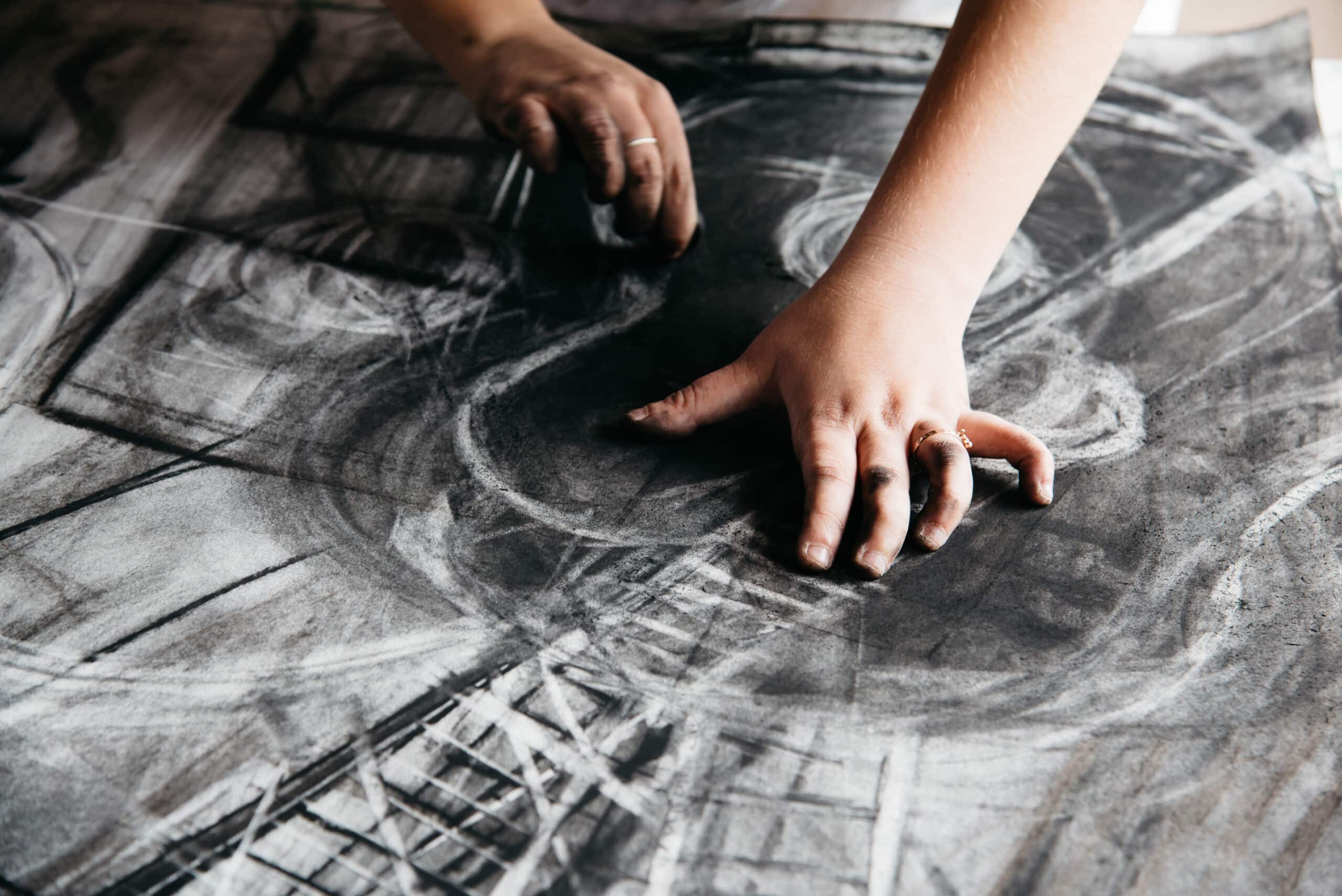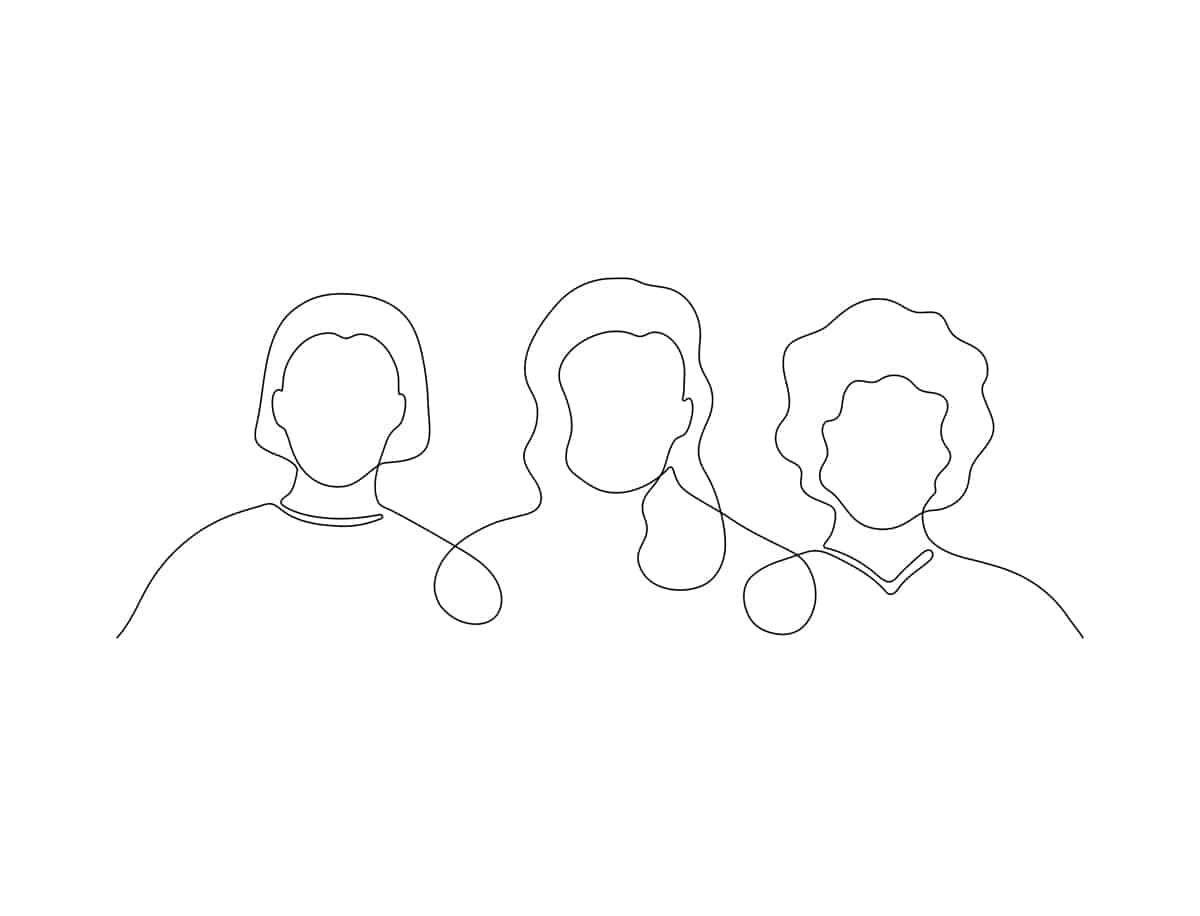El profesional creativo de hoy es una fuerza multidisciplinar. No sólo tienen que ser extremadamente hábiles en su área de especialización -ilustración, redacción publicitaria, diseño gráfico, y la lista continúa-, sino que también necesitan las habilidades necesarias para dar el salto de las aulas al mundo real. Se necesita perspicacia empresarial, habilidades administrativas y todo un espectro de "habilidades blandas" para conseguir siquiera un asiento en una mesa cada vez más concurrida y competitiva.
Hablamos con cinco profesionales creativos de la Universidad OCAD, la tercera más grande de las 40 universidades profesionales de arte y diseño de Norteamérica, para que nos cuenten cómo reacciona su escuela ante las exigencias que impone un mercado en evolución. Ahora más que nunca existe un panorama mediático abierto y apasionante en el que los creativos pueden ejercer su oficio. ¿Sigue la escuela de arte preparando a los estudiantes para aprovechar estas oportunidades, o se está quedando rezagada con respecto a las necesidades de los tiempos?
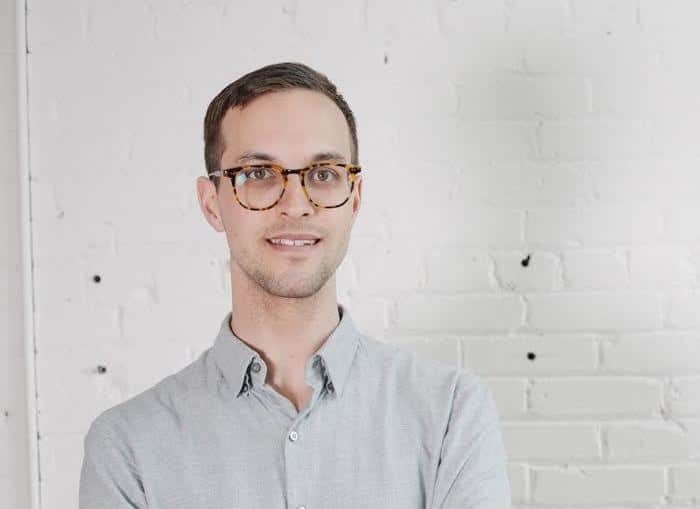
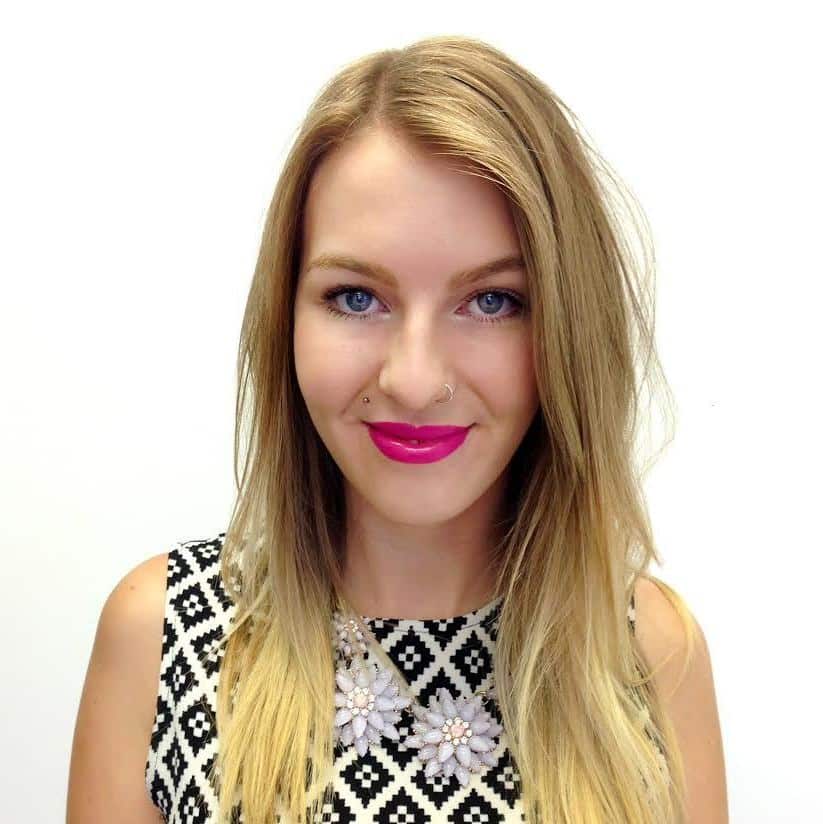
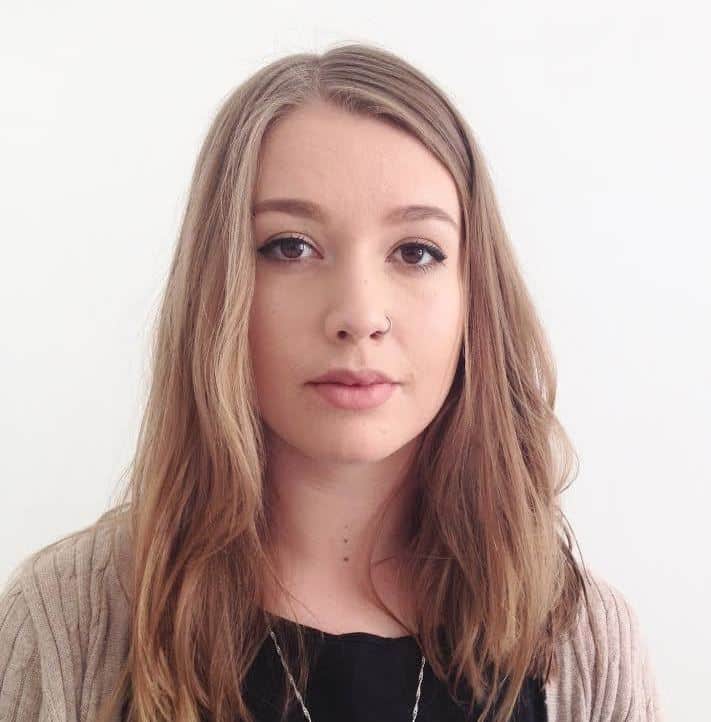
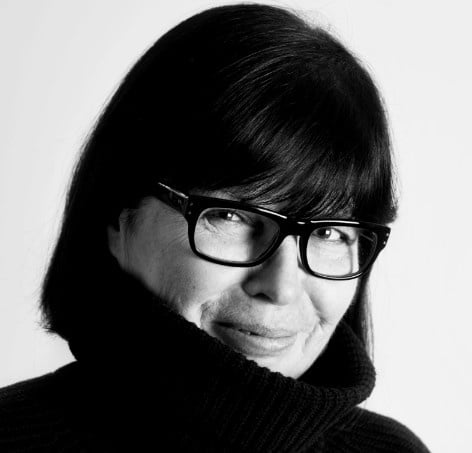
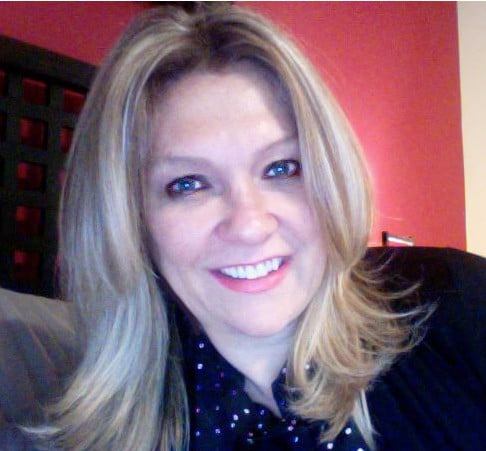

Merienda Geoff
Geoff Snack, Profesor/Director de Estrategia
He observado un cambio hacia las aplicaciones comerciales y la formación profesional en la educación artística, tanto desde la perspectiva de la oferta académica como de las motivaciones de los estudiantes, y en particular en el ámbito de los medios digitales.
He oído opiniones contradictorias al respecto. Algunos creen que esto es negativo y que una institución de arte debería centrarse únicamente en educar a los estudiantes en teoría, historia y técnica. No estoy de acuerdo. Aprender habilidades más allá de la teoría, la historia y la técnica es fundamental para comprender cómo se pueden aplicar esas habilidades. Con la reciente popularidad del branded content y la mayor implicación de las marcas en el mundo de las bellas artes, ahora hay vías más accesibles para aplicar comercialmente las habilidades aprendidas en la escuela de arte.
Lo que falta son competencias secundarias y "blandas" necesarias para que una persona prospere en un entorno laboral y pueda mantener una práctica autónoma. Dicho de otro modo, las escuelas deben proporcionar más habilidades que permitan a las personas pasar del trabajo creativo al liderazgo creativo. Por liderazgo creativo me refiero a quienes pueden generar ideas, elaborar estrategias y dirigir un equipo para producir ideas y trabajos creativos.
Parece que hay más estudiantes interesados en la generalización que en la especialización en comparación con hace 5 años, lo que es una respuesta directa a los cambios en el mercado y en cómo consumimos los medios de comunicación. Las marcas necesitan ahora crear contenido visual convincente, relevante y distinto. A medida que el mercado cambia y el contenido único se hace cada vez más esencial, crece la oportunidad de que los creativos aprovechen sus habilidades para orientar la producción de contenidos. Esto impulsa la demanda de creativos multidisciplinares y generalistas. Las instituciones deben responder a este cambio y ofrecer oportunidades para que los estudiantes adquieran un conjunto de habilidades más diverso que refleje el mercado actual.
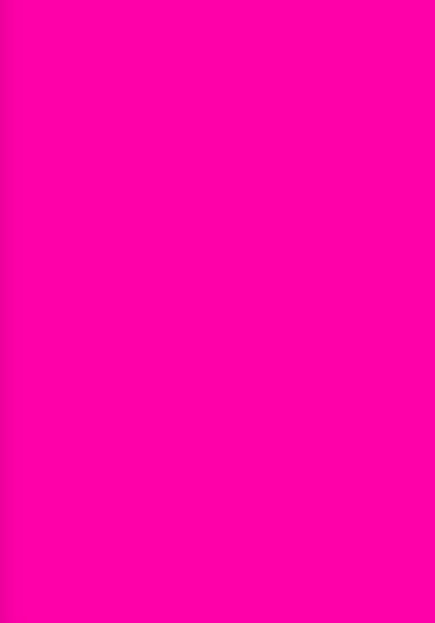

Ariel Riske
Ariel Riske, Redactor
Tras graduarme recientemente en el Programa de Diseño Publicitario de OCAD, he tenido tiempo de reflexionar sobre la estructura del curso y sobre cómo espero que cambie. Por supuesto, es necesario tener conocimientos de historia del arte y competencias básicas en varios campos, pero la generalización excesiva de competencias me dejó con ganas de más. Ser capaz de interactuar con una variedad de disciplinas da como resultado creativos completos, pero actualmente el plan de estudios no es lo suficientemente flexible como para permitir la especialización. Por ejemplo, en mis cuatro años como aspirante a redactora publicitaria, sólo pude asistir a dos cursos de redacción publicitaria, y nunca pude conseguir una plaza en los cursos liberales de escritura creativa.
Aparte de la estructura del plan de estudios, también había un fuerte enfoque en la teoría en lugar de en la práctica; aprendimos a pensar, pero no a ejecutar. Todas nuestras habilidades con Adobe se enseñaban a través de tutoriales de YouTube, no en el aula, de modo que el perfeccionamiento de las habilidades sólo llegaba a quienes lo deseaban lo suficiente. La carrera que yo elegí significaba que en el último año formábamos nuestras propias agencias de publicidad, asumiendo funciones de directores artísticos, redactores publicitarios, estrategas y diseñadores gráficos.
Contar con profesores dispuestos a arriesgar sus propios contactos por nosotros, y a estar disponibles día y noche para prestarnos un apoyo moral inquebrantable, tuvo que ser la mejor parte de mi carrera en OCAD. De estos profesionales aprendí a encontrar verdaderos puntos de vista y a crear trabajos significativos, así como a comercializarme.
Rebecca Ladds, artista plástica
Uno de los aspectos más beneficiosos de mi experiencia en la OCADU fue la variedad de recursos abiertos en múltiples áreas de estudio. Flotar entre los estudios de grabado, sin dejar de ser bienvenida en los talleres de carpintería y de metal/fabricación, fue fundamental para aprender nuevos materiales e incorporarlos a mi propia práctica. De este modo, pude especializarme en grabado y referirme a los fundamentos del medio sin estar limitada por ellos en la tesis (por tanto, fue muy divertido).
Este enfoque multidisciplinar se fomentó en algunas asignaciones para promover formas alternativas de pensar sobre los materiales, lo que luego conduce a una investigación más profunda sobre cómo tales experimentos pueden afectar a la base conceptual de una obra de arte. Para mí, ésta fue una forma productiva de aprender; fue muy práctica y estimuló mi interés por cada vez más temas de estudio. Creo que debería haber más de esto demostrado en la estructuración de las opciones de cursos optativos (tanto de estudio como de artes liberales), y más mezcla de estudios principales, especialmente en los últimos años de estudio/tesis. Tengo la sensación de haber visto que la organización de la escuela de arte se ha vuelto más segmentada y especializada, donde como estudiante te agrupas con otros que trabajan en materiales similares, pero no necesariamente en ideas similares. Descubrí que las mejores críticas y debates provenían de quienes trabajaban en medios significativamente diferentes a los que yo elegí para trabajar.
Aunque el apoyo visual y técnico ofrecido por la OCADU fue estupendo, creo que debe hacerse más hincapié y orientarse más en los aspectos empresariales/de negocios de ser un creativo profesional. Como recién licenciada, mi experiencia desde entonces ha sido aprender el trabajo en red y el aspecto administrativo de ser artista, habilidades que son tan importantes como la realización de obras, pero que no se reflejan en ningún plan de estudios que haya experimentado. Y, como han demostrado muchos artistas profesionales, la certificación postsecundaria no es necesaria para tener éxito como artista.

Sandy Kedey
Sandy Kedey, Profesora/Presidenta de Publicidad
Hoy en día casi todo el mundo quiere un trabajo. Quieren resultados, y los empresarios también. Resultados ya: no hay tiempo para formarse o hacer prácticas. De hecho, un niño de doce años sabe ahora cómo "marcar" y diferenciar su perfil y su presencia digital tanto como un joven medio de 21 años.
La forma en que llegamos, conectamos y comunicamos, en todo el mundo, está ahora en manos del lenguaje visual, ya sea simbólico, expresivo, metafórico, narrativo o de otro tipo. La omnipresencia del contexto visual crece y crece a pasos agigantados. En 2014, todas las grandes agencias de publicidad registraron un crecimiento de entre 1 y 6,5%, según datos de Omnicom, y las previsiones para 2015 son aún mayores.
¿Necesitas una "escuela de arte"? Nosotros pensamos que sí. La mente curiosa, ingeniosa y creativa tiende a explorar, pero a veces eso se vuelve rancio, pautado y predecible. La escuela de arte debería empujarte, permitirte descubrir e inspirarte. Y las escuelas de arte y diseño te empujan aún más, permitiéndote el pensamiento crítico del diseño, la innovación y la exploración. A menudo, el reto es mantenerse al día con las tecnologías y definir con precisión qué soluciones y narrativas serán apropiadas y cuáles no, pero tener exposición, y aún más capacidad para refinar el propio oficio, valida el proceso. Permitimos el fracaso y el éxito; las empresas y las galerías no necesariamente. Hay que aprender antes de llegar a romper las reglas.

Ann Urban
Ann Urban, Profesora/Directora Creativa
Recuerdo haber dado clases de dirección artística publicitaria en OCAD, antes de que añadieran la "D" y la "U". Por aquel entonces, todo lo que tenías que hacer en clase de publicidad era idear unos cuantos buenos conceptos para la prensa y la TV, hacer algunos diseños y conseguías un trabajo. Hoy, en la misma clase de publicidad, sigues teniendo que idear conceptos y diseños, pero ahora por docenas. Además de dominar los enfoques de marketing tradicionales, también tienes que crear sofisticadas campañas de cultura convergente y transmedia en todos los medios imaginables.
Se espera de ti que te encargues del pensamiento estratégico de la campaña, la selección/planificación de medios, la elaboración de presupuestos, el posicionamiento, la redacción publicitaria, la ejecución experta en los últimos programas gráficos para medios basados en el tiempo, impresos y digitales. Comprender el panorama digital en términos de marketing, creativos y técnicos es un hecho. Por si fuera poco, los directores creativos de hoy en día quieren colaboradores, narradores y grandes presentadores con toneladas de habilidades blandas.
Oímos una y otra vez que los recortes de las agencias significan que se acabaron las ruedas de entrenamiento: los estudiantes tienen que graduarse listos para saltar del aula a la sala de juntas, con un complemento completo de conjuntos de habilidades expertas en múltiples disciplinas. Una educación formal en una escuela de arte nunca ha sido tan importante como ahora: no se puede improvisar. Hoy en día, muchos jóvenes licenciados con impresionantes credenciales compiten ferozmente con múltiples candidatos por unas prácticas no remuneradas. Los "afortunados" consiguen prácticas gratis tras prácticas gratis. Alguien está creando todos esos logotipos $5 en fiverr.com.
¿Hay alguna ventaja? Por supuesto. Los creativos nunca han tenido más licencia y libertad para crear obras entretenidas e impactantes. Las viejas reglas han dado paso a más oportunidades artísticas que presentan los nuevos medios, limitadas únicamente por la imaginación y la habilidad de cada uno. Las exigencias multidisciplinares significan un abanico más amplio de áreas de diversión para que juegue una mente fértil y creativa.




